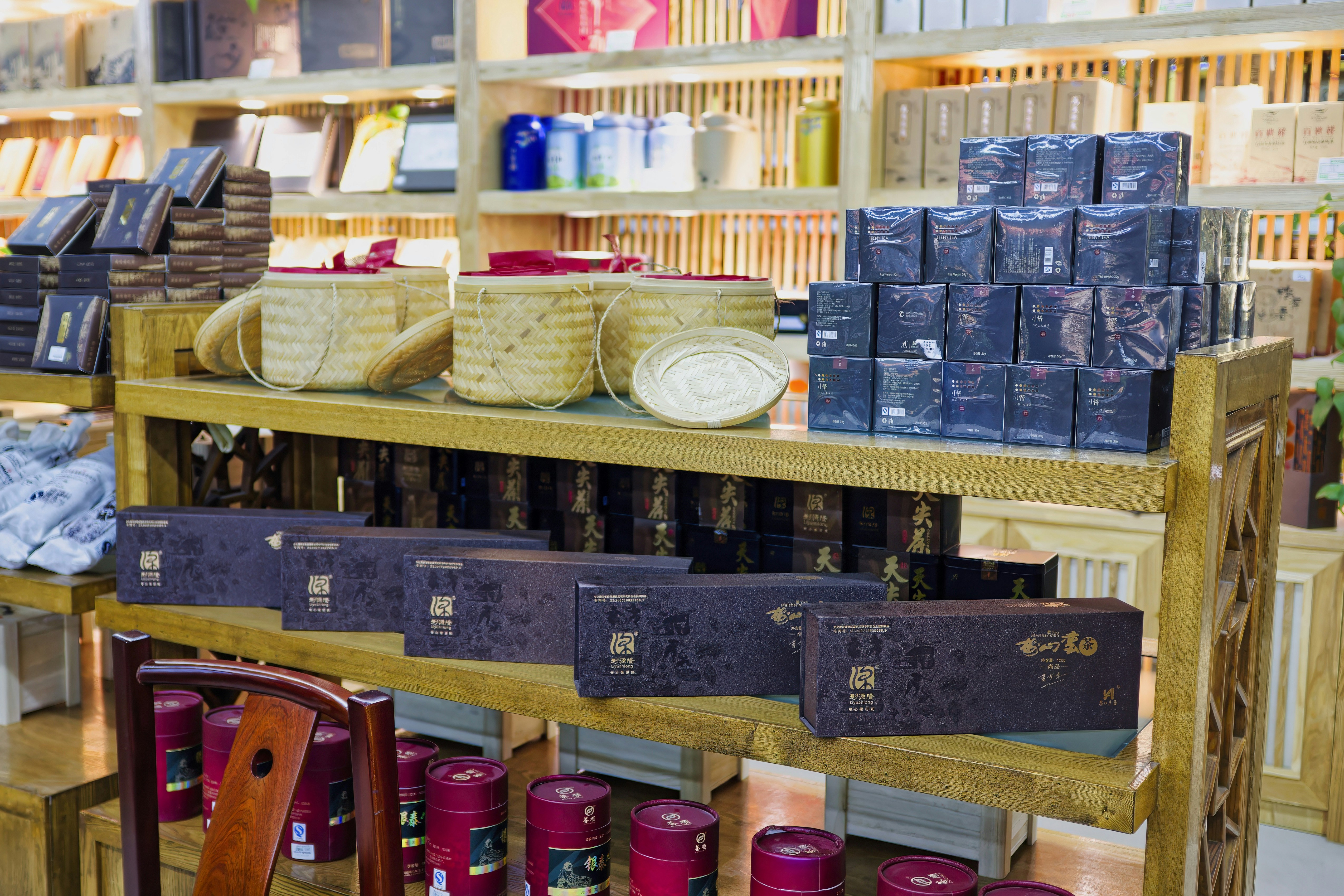All blog posts
Explore the world of design and learn how to create visually stunning artwork.
 Photo by Melanie Deziel on Unsplash
Photo by Melanie Deziel on Unsplash Boost Your Brand: The Fun Element in Brand Development
November 2, 2024 | by usmandar091@gmail.com
The Power of Cloud Integration: A Comprehensive Guide
November 1, 2024 | by usmandar091@gmail.com
Understanding Software: Types, Importance, and Future Trends
October 28, 2024 | by usmandar091@gmail.com
Understanding Battery Life: How to Extend and Optimize It for Maximum Efficiency
October 28, 2024 | by usmandar091@gmail.com
 Photo by Eric Prouzet on Unsplash
Photo by Eric Prouzet on Unsplash Elevating Your Brand Experience: Embrace the Fun of Brand Development
October 28, 2024 | by usmandar091@gmail.com
macOS: The Heart of Apple’s Desktop Experience
October 22, 2024 | by usmandar091@gmail.com
Apple Silicon: Revolutionizing the Future of Computing
October 22, 2024 | by usmandar091@gmail.com
 Photo by Melanie Deziel on Unsplash
Photo by Melanie Deziel on Unsplash Unlocking Your Brand’s Potential: The Power of BrandGrow.fun
October 22, 2024 | by usmandar091@gmail.com
An In-Depth Look at Networking Equipment: The Backbone of Modern Communication
October 20, 2024 | by usmandar091@gmail.com
The Importance of Lightweight Design in Technology
October 20, 2024 | by usmandar091@gmail.com
Understanding the Concept of Fun in Branding
Incorporating fun into branding strategies is a practice that can significantly enhance a brand’s relevance and memorability. The psychological impact of fun on consumer behavior cannot be underestimated; it engages emotions and fosters a sense of connection. When consumers perceive a brand as playful, they are more likely to associate positive feelings with it, leading to increased brand loyalty and advocacy. Fun elements in branding not only provide enjoyment but also create a lasting impression that distinguishes a brand from its competitors in an oversaturated market.
Various studies have documented that consumers are drawn to brands that evoke joy and playfulness. A successful incorporation of fun can manifest in multiple ways, such as through marketing campaigns, product design, customer interactions, or corporate culture. Take, for instance, the brand Coca-Cola. Its campaigns are often centered around joy and celebration, effectively resonating with audiences through whimsical advertisements and engaging social media interactions. This approach not only humanizes the brand but also cultivates an emotional bond with its consumers.
Another notable example is M&M’s, which emphasizes fun through its colorful characters and quirky advertisements. The brand’s playful tone has broadened its appeal, drawing in customers of varied demographics. This strategy exemplifies how fun elements can enhance brand identity while making a product more relatable and enjoyable for consumers. Implementing such elements, when aligned with the brand’s core values, can lead to a more engaging customer experience and stronger differentiation from competitors.
In summary, introducing fun into branding strategies is not merely a trend but rather a strategic decision that can drive consumer engagement, enhance brand loyalty, and create memorable brand identities. Brands that effectively embrace these elements can thrive in an increasingly competitive environment, securing a distinctive place in the minds of consumers.
Strategies for Implementing Fun in Your Brand Growth
Integrating fun into brand development is a powerful strategy that allows businesses to resonate with their audience while reinforcing brand values. A solid starting point is to create engaging campaigns that capture attention. For instance, interactive social media contests or challenges can create excitement among customers, encouraging them to participate while promoting your brand’s core message. Utilizing platforms like Instagram or TikTok for playful content can widen your reach and foster community engagement.
Another effective strategy is incorporating gamification into customer experiences. By designing loyalty programs or reward systems that involve playful challenges, brands not only enhance customer interaction but also build long-term loyalty. For example, brands can use points systems where customers earn rewards by completing fun activities such as sharing posts or referring friends. This approach makes the shopping experience more enjoyable and inherently promotes brand loyalty.
Content creation also plays a pivotal role in implementing fun. Brands can generate lighthearted blog posts, entertaining videos, or humorous advertisements that align with their identity. This type of content not only entertains but can also communicate important brand values in a memorable way. Consistency is key here; ensuring that all fun elements align with your brand’s voice will help maintain a cohesive identity, preventing any potential confusion among consumers.
To evaluate the impact of these fun strategies, brands should implement analytics tools to track engagement metrics. Monitoring changes in customer interactions, social media shares, and feedback can provide valuable insights into how the playful elements of the brand are affecting overall customer loyalty. By regularly assessing these metrics, brands can refine their strategies, ensuring that the fun element contributes positively to their brand growth and develops a stronger connection with their audience.






